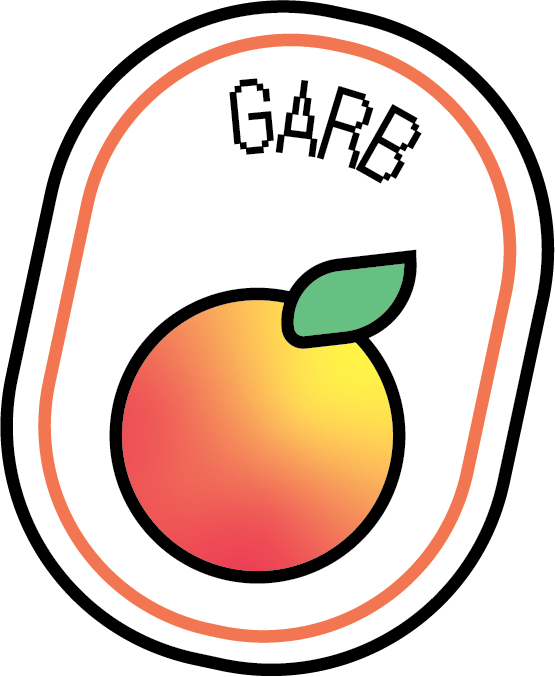The Higher the Hair, the Closer to Jesus
“Of course, I need hairspray!”
This was my honest reaction to the note at the end of our first Unit 3 meeting that by using extensive hairspray in the dorm room, the fire alarm would go off. I looked around at the other girls on my floor who seemed unphased about this insane regulation. It seemed obvious to me, a citizen of the bible-belt state of Arkansas, that this was a necessary step in everyones hair routine: as it was for me, my mother, and grandmother.
(Prime Example of a big southern hairstyle from the queen herself)
I realized quickly the practice of repeated teasing and spraying was unfamiliar and old-fashioned within the state of California. I wondered why so, considering the old saying I grew up with, “The Higher the Hair, The Closer to Jesus.” In the South, being close to Jesus was supposed to be your goal, as one can imagine. This had led myself and many others to believe that big hair was the goal- and that was gonna take some hairspray.
Why exactly does the South stand out for its love of the “full glam” look? Women like Dolly Parton put a face to these style choices which have been incorporated into Southern women’s fashion for at least half a century. In California, the makeup and hair done for a formal event is still much less than how some Southern girls -especially my friends at SEC schools- prepare for a day of classes. The difference is noticeable and has impacted my transition to Berkeley by pushing me out of my comfort zone and into yours. We can dive into this difference by understanding how it started. This style most famously originated back in the 50’s due to a mix of extreme humidity, a wave of hyper-feminism, and the influence of Black culture in the South. Folk and soul music increased the popularity of hair that screamed “go big or go home.” Women like Dale Evans and Aretha Franklin- who is from my hometown, Memphis, Tennessee- set the stage for the spread of big hair. The rest of the nation was exposed to this long-standing tradition of teasing and spraying in the 1980’s movie, Steel Magnolias. The 80’s called for a national embrace of this Southern style, but this was a short lasting realization as pin straight hair became the most fashionable option in the 90’s. For women in the South, on the other hand, the aesthetics of the place we grew up in defined our understanding of beauty, so we keep spraying and teasing.
Many native Californians understand and appreciate the effort big hair takes, but they find it unnecessary and outdated. The all-natural look is definitely the choice of most young women in California and also, globally. This is understandable since it is much less time consuming and definitely better for your skin and hair. I, in no way, continue to use excessive amounts of hairspray or wake up early enough for a curl-tease look but I do love to see it! The full-glam look is accurately interpreted as an expression of hyper-femininity, which in turn, causes people to associate the look with sexism and traditional gender roles. It is here that I disagree. In the midst of historically facilitated sexist, racist and homophobic beliefs and standards, women used fashion and stylistic choices to find joy. Best said by Toi Derricotte, “Joy is an act of resistance.” In this hostile atmosphere the hours spent in the bathroom preparing yourself, your daughter, your sister, and later, your mother, are sacred. A moment of time women were allowed to dedicate to themselves.
I believe big hair is not just for Southern women but for anyone looking to express themselves in a bold and glamorous fashion. The magic that can be made with a bottle of hairspray is seemingly limitless.
(From Houston Texas, baby)
Beyonce may have said “I woke up like this.” but she's from Texas, so I know better.
(Enjoy this photo of my mom and her 1980’s cheer team in Arkansas)





